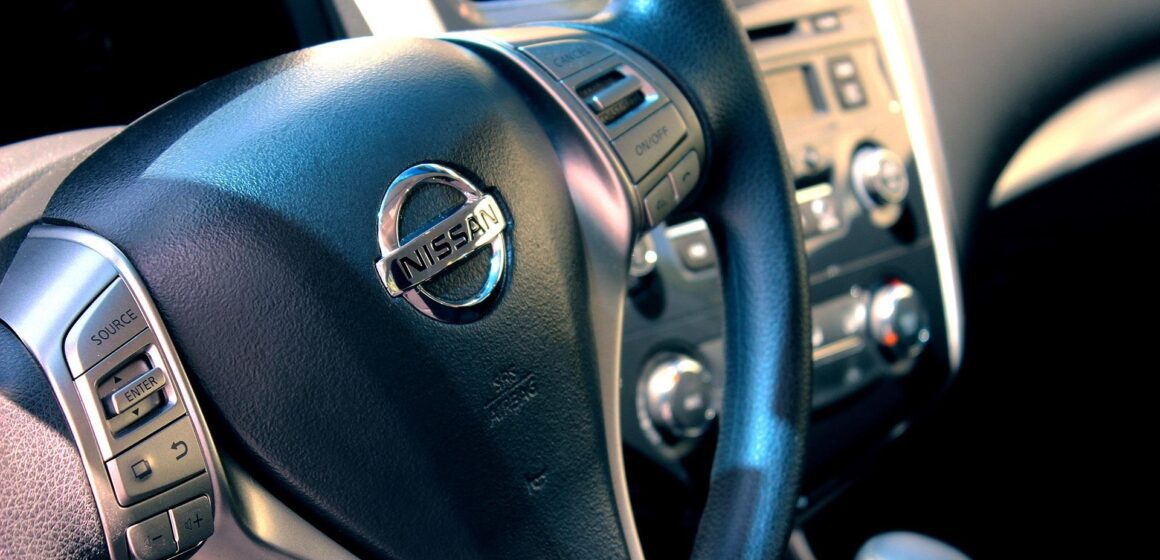Your car already knows more about the road than you do. It can feel the pothole before your wheel does. It knows when you slam on the brakes at an obscured stop sign. It senses when traffic patterns don’t match the posted speed limit. The question is: what if this knowledge could be shared to make driving safer for everyone?
That’s where telematics comes in. A portmanteau of “telecommunications” and “informatics,” telematics uses sensors already built into most vehicles to collect and transmit data. This information can be compiled, anonymized and analyzed to spot safety risks and fix them before they cause crashes — and large urban cities like San Jose are in a unique position to lead in using this technology to benefit the public good.
Telematics are already being used by California and more and more commonly across the country. In fact, there has been increasing momentum by some businesses (Uber ride-share), fleet operators (Enterprise) and insurance companies (Allstate) to incentivize safe driving using this technology. How does it work?
Most modern vehicles — like some of the most popular ones in the country sold by Ford, Nissan and Kia — have a network of built-in sensors and modules that track how the car is being driven and what it’s experiencing. These include GPS for location, speed and routes; accelerometers and gyroscopes for braking, turns and acceleration; cameras and radar for collision warnings and lane departures; tire pressure and suspension for rough surfaces or potholes. These vehicles use a built-in telematics device (or data from your smartphone) that takes advantage of cellular networks or Wi-Fi to transmit encrypted data to car companies, third-party telematics providers or other agencies.
But why? Car companies might use the data for maintenance or recall purposes. Insurance companies and businesses can incentivize safe driving by tracking speeding. What we need now is to put this data to work for our communities.
Imagine you nearly miss a stop sign half-hidden by a tree. You slam on your brakes to avoid colliding with another vehicle or even a pedestrian. That same scenario happens multiple times a day with dozens of other drivers. If the data from these vehicles is collected and aggregated, this pattern can be flagged and inform the city — before someone gets hurt. An easy fix of a trimmed or removed tree and suddenly the intersection is safer.
The benefits are real: One telematics company estimates 100,000 lives already saved. Yet challenges remain, especially when it comes to public trust. One survey found 30% of U.S. consumers do not trust anyone with their vehicle data. But using telematics for the public good isn’t about tracking individuals; it’s about spotting trends and making our roads safer for everyone.
The data isn’t about one driver, it’s about patterns that help protect all of us. While some programs like usage-based insurance link data to a driver’s account, safety and planning applications don’t track individuals. Instead, they compile sensor data from thousands of vehicles to spot patterns.
For instance, speeding is a contributing factor for 29% of all traffic fatalities in the U.S. Telematics data could be used to flag corridors where speeding occurs repeatedly and action could be taken to prevent harm. The area could be better monitored by traffic cameras or infrastructure changes such as traffic lights and speed bumps could be implemented. We can save lives if individuals opt in to allow the use of this data and if it is collected and used effectively.
San Jose — with nearly 1 million residents navigating dense, multimodal traffic — has the opportunity to tap into this technology, allowing local agencies to be proactive instead of reactive and ultimately preventing crashes, improving walkability and supporting Vision Zero goals. The Bay Area has long been a hub of transportation innovation, with autonomous vehicles and artificial intelligence in mobility. Telematics is the next step.
Telematics is a proven technology waiting for us to step up and utilize it. Pilot projects in San Jose could demonstrate impact, ease public skepticism and position the Bay Area as a national model in roadway safety innovation.
San José Spotlight columnist Karen E. Philbrick is the executive director of the Mineta Transportation Institute, a research institute focusing on multimodal surface transportation policy and management issues. Her columns appear on the first Thursday of every other month.



Leave a Reply
You must be logged in to post a comment.